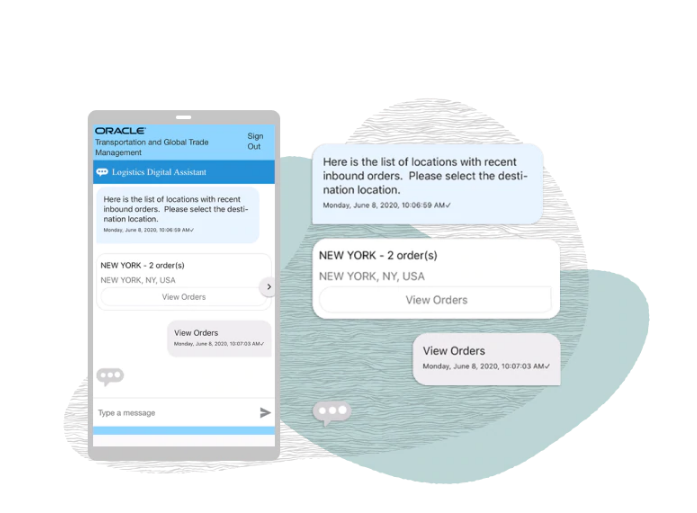Enterprise software vendor Oracle Corp. yesterday unveiled new logistics capabilities within its supply chain cloud software platform that it says can help organizations increase the efficiency of their global supply chains.
The upgrades within the Oracle Fusion Cloud Supply Chain & Manufacturing (SCM) product include updates to Oracle Transportation Management (OTM) and Oracle Global Trade Management (GTM) that together could help customers reduce costs, make better planning decisions, and improve customer experience, the company said.
The changes feature:
- Oracle Logistics Machine Learning to accurately predict transit times and reduce costs associated with unplanned delays;
- Rules of Origin Qualification to help customers comply with changing criteria across hundreds of different trade agreements;
- Connected Logistics that uses internet of things (IoT) networks to predict and manage shipments and inventory while monitoring location and conditions;
- Ocean Enhancements to help customers automate transactions with ocean carriers from booking through financial settlement;
- 3D Load Configuration Editor that helps customers manage container-based shipments;
- Oracle Logistics Digital Assistant Capabilities with an enhanced conversational interface to access all shipment information and send requests while on the go.
According to Oracle, adding the IoT upgrade to its transportation management system (TMS) platform extends visibility from the truck or container level to the pallet, tote, or item level. The system can track and collaborate signals from multiple sensors and then recognize exceptions, such as when a cargo shipment is not pinging from the same location as the truck assigned to carry it, said Derek Gittoes, Oracle’s vice president of supply chain management product strategy.
Together, the various upgrades can help companies cope with current capacity constraints and freight challenges such as container shortages and ocean load price spikes, Gittoes said in a briefing. That capability leverage previous features such as a logistics network modeling product that allows users to play out scenarios and balance best and worst case planning, allowing shippers to be more creative in obtaining capacity, he said.


